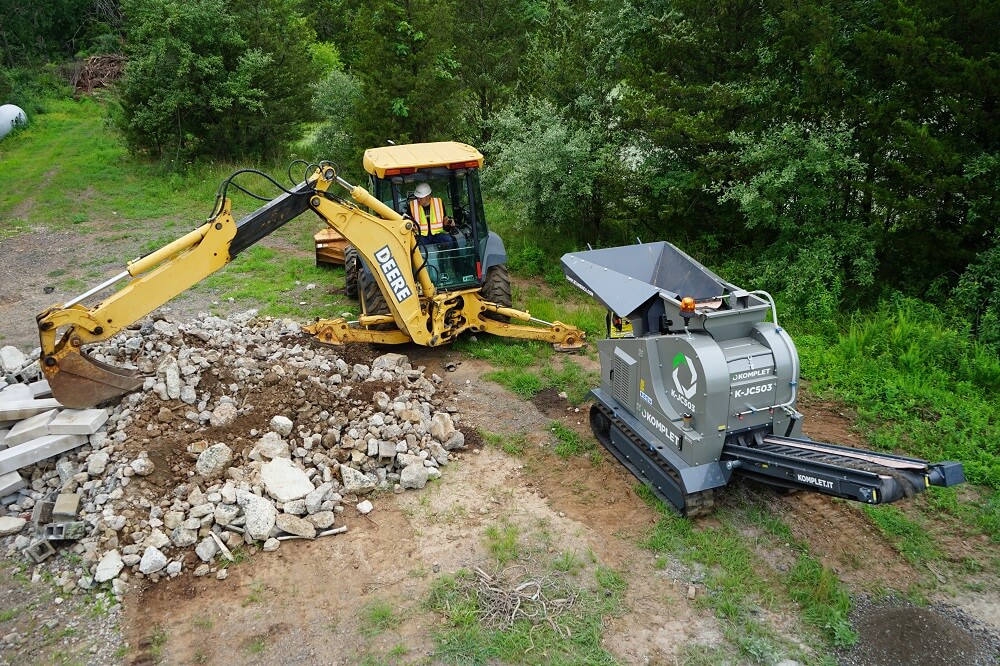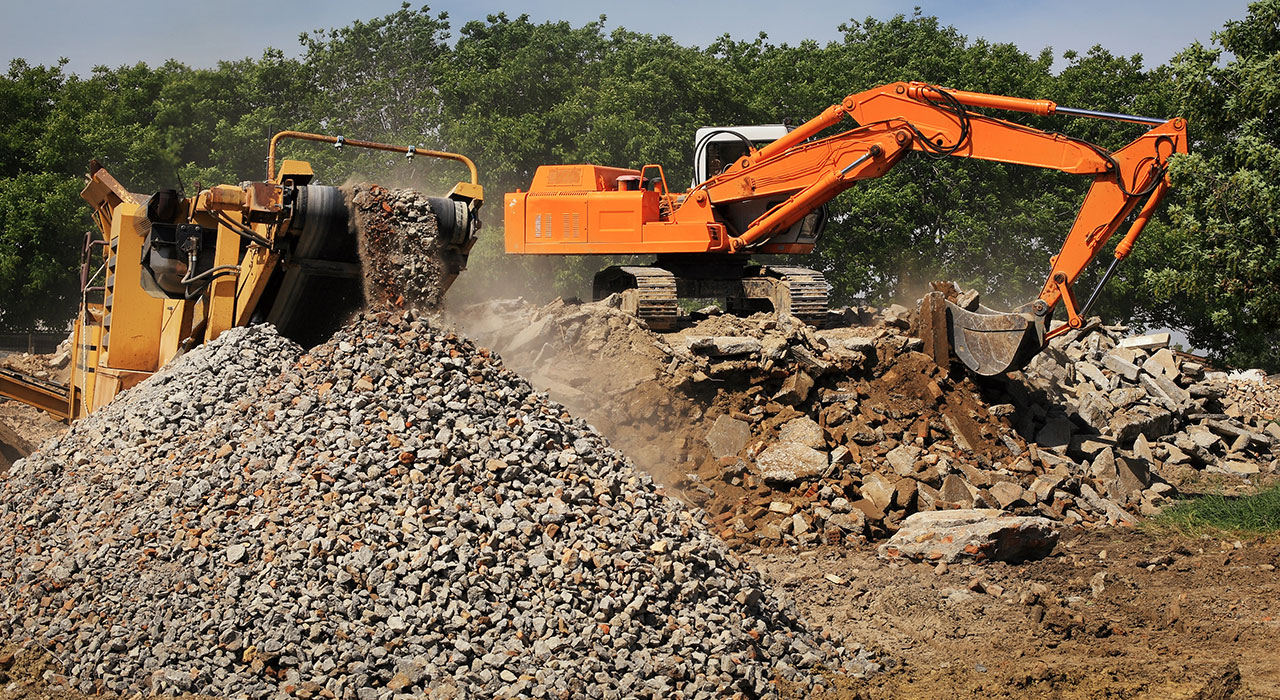Are you curious about how crusher machines work? From the basics of their function to an in-depth analysis of their inner workings, this comprehensive guide will provide a thorough overview of what these machines do and how they can be used.
Through clear explanations, illustrations, and examples, you’ll develop a deeper understanding of the mechanics behind crushing machinery so that you can make informed decisions when it comes to choosing the right equipment for your needs.
Well, walk through everything from basic principles to more complex systems and technology, providing detailed descriptions along the way. Whether you’re looking for a simple explanation or an advanced technical breakdown, this comprehensive guide has got you covered!
What Is a Crusher Machine?

Source: i.ytimg.com
A crusher machine is a valuable tool when it comes to breaking down large objects into smaller, more manageable pieces. This powerful piece of machinery uses a combination of force and pressure to crush materials into the desired shape and size. Its versatile design allows for crushing rocks, concrete, asphalt, and other materials with ease.
The unique design also means that it can be used in multiple ways depending on the application – from small residential projects to larger industrial operations. There are different types of crusher machines out there, like hammer crushers, cone crushers, impact crushers, and jaw crushers, all with different uses and applications.
With this guide, you will learn how crusher machines work and why they are such an important part of many construction projects.
How Does a Crusher Machine Work?

Source: kompletamerica.com
Crushing machines are tools used to break down materials such as rocks, wood, and concrete into smaller, more manageable components. By doing so, the material is broken apart and can then be recycled for use in a variety of different applications. But how exactly does a crusher machine work? This comprehensive guide will take an in-depth look at how crushing machines function to better understand their purpose.
The primary component of any crusher machine is its internal mechanism which works together with other parts to perform its specific task. Inside a crusher machine, several moving parts interact with one another to produce the desired output – that is the reduction of large objects into smaller ones. The main components involved include motors, pulleys, belts, and hammers or blades depending on the type of machine being used.
Motors power these various mechanisms while pulleys transfer motion from them to the object it needs breaking down; this motion further helps activate either fixed blades or swinging hammers inside the chamber which applies a force onto whatever material has been placed inside it thus breaking it apart piece by piece until reduced enough for recycling purposes.
In conclusion, understanding just how a crusher machine works can help us make better decisions when choosing one for our projects – whether those involve construction sites or industrial facilities alike!
Through careful examination of all its internal workings well now have an idea about what kind of machinery will best suit our individual needs and why they’re so important when dealing with tough materials like rock and concrete
Benefits of Using a Crusher Machine

Source: pulleyindia.com
Using a crusher machine to process materials offers many benefits for businesses. Crusher machines are incredibly versatile, able to break down materials of any size and shape to facilitate easier transportation or disposal. This can help reduce costs associated with waste management and the need for additional machinery.
Crusher machines also reduce energy consumption compared to traditional methods, making them an ideal choice for sustainability-minded operations. Additionally, using a crusher machine requires minimal maintenance and upkeep – perfect for companies looking to conserve resources without sacrificing quality output.
By taking advantage of this technology, businesses can enjoy efficient processing with fewer errors while keeping their production costs low!




